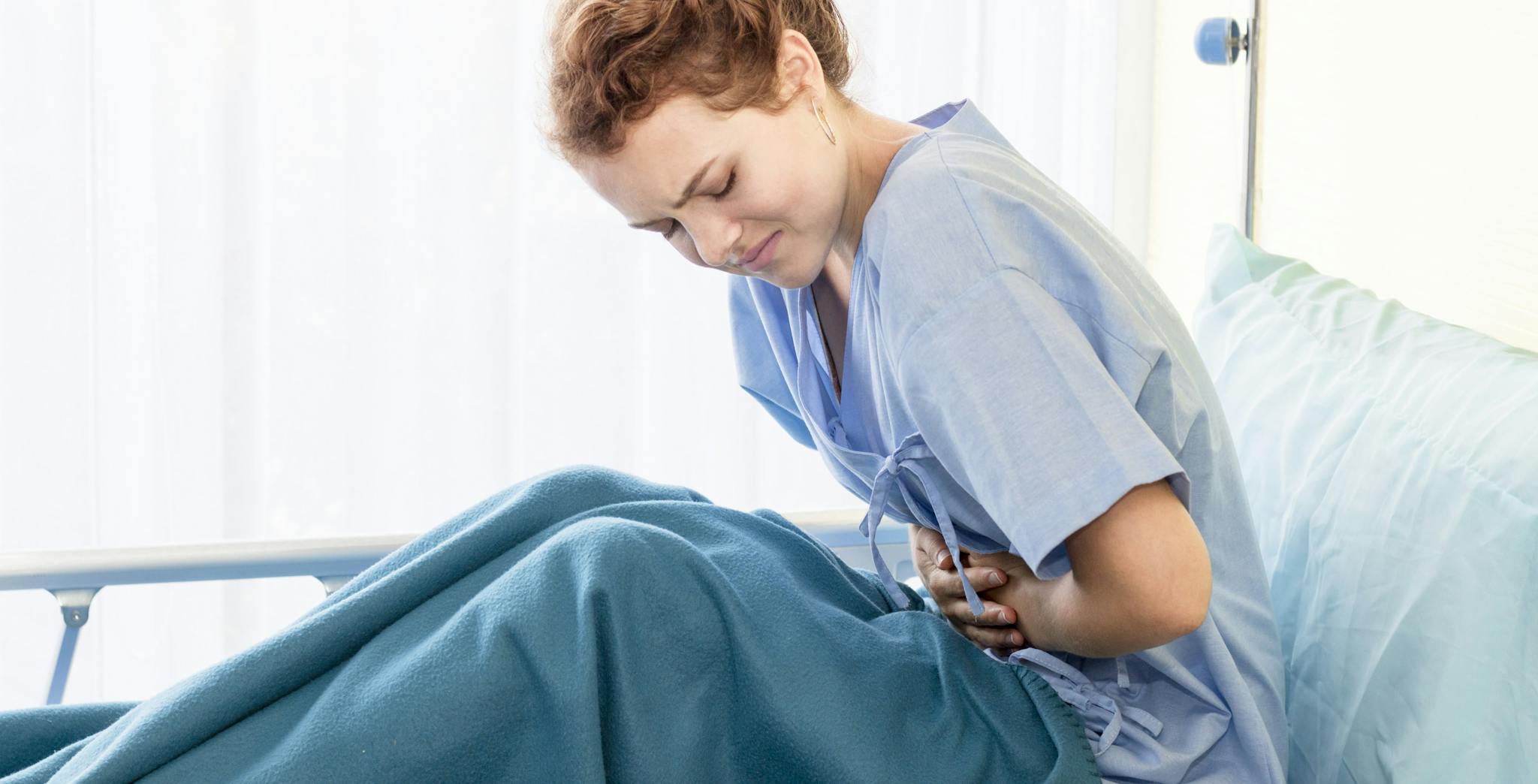
2019-06-27T14:25:54
Your Urologic Health – Signs You Should Not Ignore
- Urology
April 20, 2016 | Urology
Specialties:Urology

Have you ever panicked at the sight of a pink or red toilet bowl after urinating? Although alarming, discolored urine is most often caused by a food, beverage or medication you ingested. Urine that looks darker in color is often a sign that you are dehydrated and need to increase your water intake.
There are times, however, when a change in urine color indicates the presence of a physical disorder. Let’s look at some of the most common colors and their associated causes.
Medications including rifampin, an antibiotic used to treat tuberculosis, and phenazopyridine (Pyridium), a drug that relieves urinary tract pain. Laxatives containing the senna plant can also turn urine red.
If discolored urine persists and is not linked to any food or medication, it’s time to see a urologist. This is especially important if you are experiencing pelvic or back pain or urinary urgency or frequency. Urologists are specially trained to treat any condition involving the urinary tract in women and men, as well as the male reproductive system.
There is no specific treatment for discolored urine, so your doctor will diagnose and treat the underlying condition causing it. After taking a thorough medical history and performing a physical exam, your Revere Health urologist will probably order a urinalysis. This urine test shows the presence of bacteria, high protein levels, red blood cells, and excreted minerals that may indicate urinary tract infections or kidney problems.
Your urologist might order blood tests to measure your liver enzymes along with the level of waste products called creatinine and blood urea nitrogen. These build up in your blood when your kidneys are filtering properly.
One of the best ways to achieve clear urine is to stay well hydrated. Hot and humid days, exercise, illness, pregnancy and nursing all increase your liquid needs. The Institute of Medicine considers an adequate intake for men to be approximately 13 cups of total beverages a day, and women need about 9 cups, according to Mayo Clinic. “If you drink enough fluid so that you rarely feel thirsty and your urine is colorless or light yellow — and measures about 6.3 cups (1.5 liters) or more a day if you were to keep track — your fluid intake is probably adequate.”
Are you concerned about a change in the color of your urine? Revere Health Urology specializes in the diagnosis and treatment of a wide range of pediatric and adult urinary problems in eight easy-to-access Utah locations.
WRITTEN BY:
The Live Better Team
This information is not intended to replace the advice of a medical professional. You should always consult your doctor before making decisions about your health.